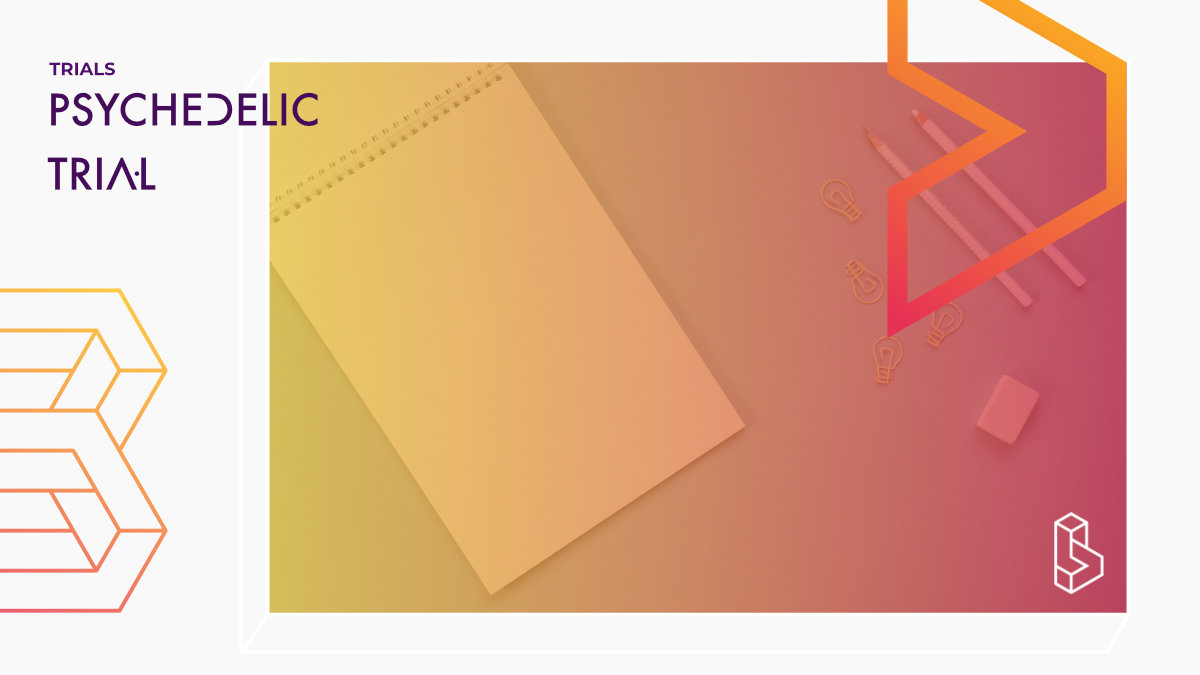In this project, we will A) track the functioning of a collection of potential neurobiological targets for depression over time, B) examine how fluctuations in the functioning of those targets relates to real-world functioning, and C) in a subset of the sample, determine how the functioning in those targets is altered by a single dose of ketamine.
Topic Depression
Compound Ketamine
Country United States of America
Visit trial
Trial Details
Trial Number
Sponsors & Collaborators
University of PittsburghThis company doesn't have a full profile yet, it is linked to a clinical trial.
Measures Used
Montgomery-Asberg Depression Rating ScaleA ten-item diagnostic questionnaire used to measure the severity of depressive symptoms in patients with mood disorders.
Hamilton Depression Rating Scale
The Hamilton Depression Rating Scale (HDRS) is a multiple item questionnaire used to provide an indication of depression, and as a guide to evaluating recovery. The scale consists of 17 items which each item being scoring on a 3 or 5 point scale. The higher the score, the more likely a person is depressed.
Quick Inventory of Depressive Symptomatology
The Quick Inventory of Depressive Symptomatology (Self-Report) (QIDS-SR16) is a self-report tool designed to screen for depression and measure changes in the severity of symptoms.

